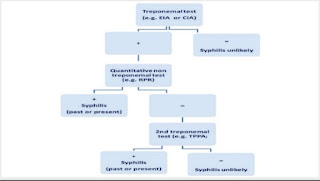Unveiling Hidden Tumors: How Advanced MRI Techniques are Revolutionizing Pituitary Microadenoma Detection
Hola Everyone !
When it comes to diagnosing pituitary microadenomas, precision is everything. These tiny, yet significant, tumors can cause hormonal imbalances leading to conditions like Cushing’s disease. Traditional imaging methods often struggle to detect them, leaving many patients without a clear diagnosis. But what if a new MRI technique could change the game?
A Breakthrough in MRI Imaging
A recent study explores how contrast-enhanced 3D T2-weighted SPACE MRI is proving to be a game-changer in detecting adrenocorticotropin (ACTH)-secreting pituitary microadenomas. This cutting-edge technique provides higher sensitivity and accuracy, allowing doctors to pinpoint even the smallest tumors with unprecedented clarity.
Why Does This Matter?
For years, detecting pituitary microadenomas has been challenging because of their small size and similarity to surrounding tissue. Conventional MRI scans often fail to capture them, leading to delayed or incorrect diagnoses. The new 3D T2-weighted SPACE sequence, however, offers:
Superior contrast resolution to highlight tumors against normal pituitary tissue.
High spatial accuracy, crucial for surgical planning and targeted treatments.
Enhanced detection rates, reducing the risk of misdiagnosis and unnecessary treatments.
How It Works
The contrast-enhanced 3D T2-weighted SPACE MRI technique uses specialized imaging sequences that provide deeper tissue differentiation. This method ensures:
Better localization of microadenomas within the pituitary gland.
Reduced imaging artifacts, leading to clearer, more accurate scans.
Improved preoperative planning for neurosurgeons tackling pituitary disorders.
What This Means for Patients
For individuals suffering from hormone-related disorders, an accurate diagnosis can mean the difference between effective treatment and prolonged suffering. With this advanced MRI method, patients can receive: ✅ Faster and more accurate diagnoses ✅ Better treatment outcomes ✅ Reduced need for exploratory surgeries
The Future of Pituitary Imaging
With advancements like the 3D T2-weighted SPACE sequence, the future of neuroimaging looks promising. As more hospitals adopt this technique, we can expect higher diagnostic accuracy, leading to better patient care and treatment success.
🔬 Science is evolving, and so is medical imaging. Could this technique redefine how we diagnose and treat pituitary disorders? Share your thoughts below! 👇



Comments
Post a Comment